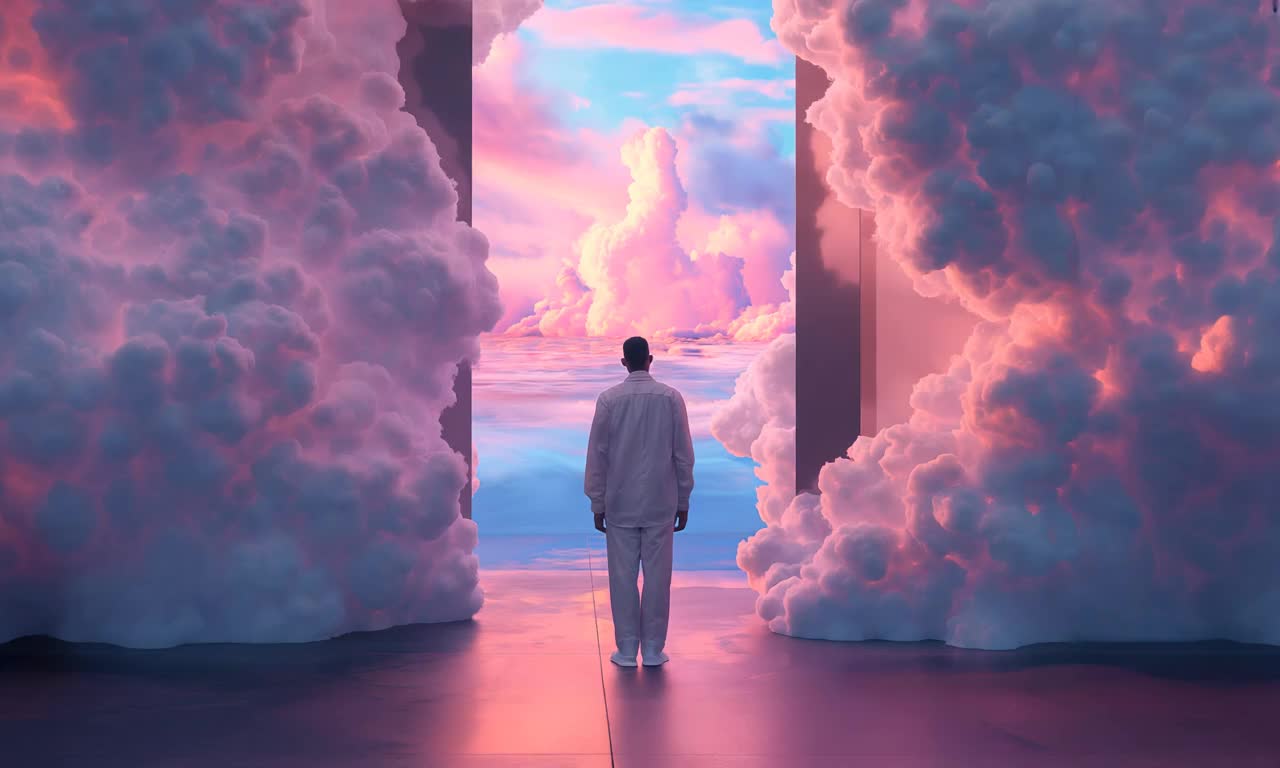The robots are coming. Yup, as I type this, software developers around the globe are creating the new world order (which probably doesn’t include humans), even if they don’t realise it yet.
At some point there will be little use for us brainy chimps. Things like advertising, if it still exists, will be for an oil change for the machines at Skynet. But, before the inevitable robotic uprising, the current form of Artificial Intelligence (AI) is a magical albeit controversial thing.
AI's Impact on Language: Friend or Foe?
ChatGTP is creating wordsmiths from people who can’t even spell. This, unsurprisingly, has upset certain groups of people. Just look at the protracted strike that recently affected your favourite streaming service or movie franchise.
From Innovation to Controversy
On the video editing front, many nefarious characters can use software like Runway or Creative Reality Studio to make ‘blue’ movies featuring unsuspecting celebrities, which is obviously a massive middle finger to said celeb’s privacy – and completely illegal.
When it comes to static art, Canva AI, DALL. E3 and many others can create ultra-realistic images from a simple text prompt – which has led to fake images of people in compromised positions simply because they once rejected the advances of the pimply-faced teenage acquaintance in their biology class.
The Dual Nature of AI
However, it’s not all doom and gloom, with most users of these tools creating stunning pieces of art and movies that have changed the industry forever. It’s already difficult to tell what’s real and what’s not. Gosh, even simple things like a coherent response, with punctuation, to an email is now possible.
It’s MidJourney and Adobe Photoshop’s Firefly that we use in the Nerdware Studio. As anyone who has played around with these tools knows, it’s inevitable that there’ll be varying degrees of success until the text prompts are absolutely perfect. Certain ideas are simpler to get right; imagine a fantasy world with dragons and ninjas. Other things are more difficult for these programs, like hands and teeth straight out of a horror flick, and sometimes the results are wildly off the mark – think kittens with two heads instead of a woman in a catsuit.
Navigating Copyright and Legal Challenges
It can be a slippery slope when it comes to copyright too, so we have to be smart about the images that we generate and how we use them. Asking for a Springbok rugby player holding up the Webb Ellis Trophy with fireworks going off in the background has the potential to cause us a world of pain in lawsuits. Inevitably, there will be regulations placed on the industry, as always happens, but those of us being responsible will be okay.
Transforming Creative Workflows
It’s no longer impossible to achieve glorious artwork relatively quickly. The results are often even better than expected and can inspire an entirely different train of thought. Yes, we still usually take these images into editing programs for a human to polish up but they are a boon on tight deadlines because of the amount of time we save doing comp work. We generate images for social media posts and client proposals, print adverts and more. And, to be honest, most people don’t even realise they’re not looking at a real photograph.
Ultimately, this brave world of AI is the new normal. It’s not even that new, it’s just that the rate of development, from text-to-image to self-driving cars and everything in between, feels like it’s suddenly speeding forward. These tools will soon become a staple of every budding creative in the industry and it’s those of us who try our best to stay up to date that will see the benefits.
That is until the Terminator pays us a visit. Then we truly will be doomed. But, in the meantime, let’s embrace the future and create beautiful art.
About the author:
Dylan Seegers is the Creative Director of Nerdware, a digital marketing agency. Dylan has nearly three decades of experience in this ever changing industry and is always eager to embrace the future. And he loves Lego. It’s a problem.

